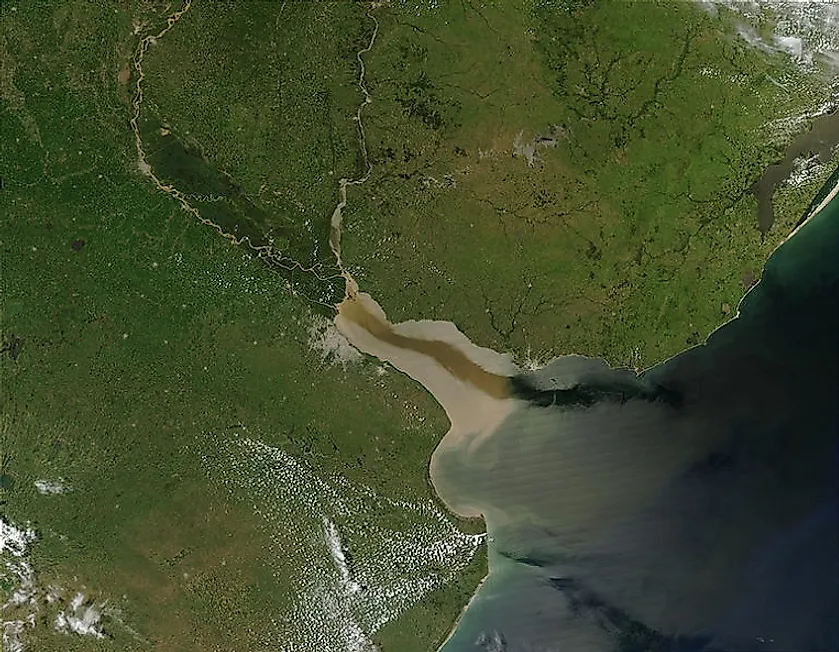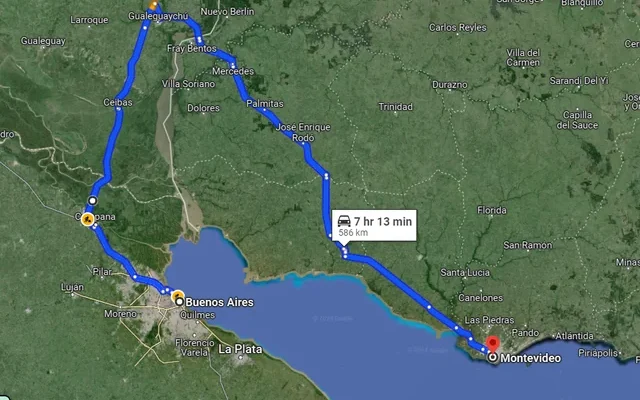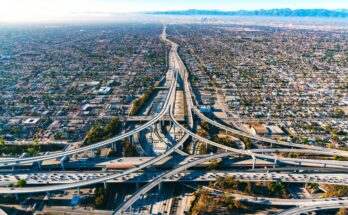The absence of a direct bridge or road between Buenos Aires, Argentina, and Montevideo, Uruguay, is a combination of geographical, economic, and political factors, despite the proximity of these two capital cities across the Río de la Plata. Here’s an exploration of the issue:

Geographical Challenges
The Río de la Plata is a vast estuary that connects the Paraná and Uruguay Rivers to the Atlantic Ocean, spanning approximately 220 kilometers at its widest point. The area between Buenos Aires and Montevideo is around 50 kilometers at its narrowest, making a direct connection possible but technically challenging. Building a bridge over such a wide, navigable water body would require advanced engineering to account for the estuary’s width, depth, and tidal flows. Additionally, the river serves as a major route for shipping, so any infrastructure would need to accommodate large vessels passing through.

Economic Considerations
Constructing a bridge or tunnel across the Río de la Plata would be an expensive endeavor, likely costing billions of dollars. While the bridge could facilitate trade, tourism, and connectivity between Argentina and Uruguay, the demand might not be high enough to justify such an investment. Currently, ferry services like Buquebus provide a quick and efficient connection between the two cities, allowing passengers and vehicles to cross the river in a few hours. This existing service reduces the urgency for a fixed link.
Moreover, Argentina and Uruguay have relatively small populations and economies compared to global powers. The financial resources required for a massive infrastructure project might be better allocated to other priorities within each country, such as improving internal transportation networks, healthcare, or education.
Political and Historical Factors
Historically, the Río de la Plata has served as a natural boundary between Argentina and Uruguay, playing a role in shaping their national identities. The lack of a direct road or bridge might also be influenced by the political will—or lack thereof—between the two nations to prioritize such a project. While relations between the two countries are generally amicable, there have been occasional tensions over issues like trade policies, environmental concerns, and shared resources.
One example is the controversy surrounding the construction of pulp mills on the Uruguay River, a tributary of the Río de la Plata, which strained relations between Argentina and Uruguay in the 2000s. These disputes may have contributed to delays or hesitations about joint infrastructure projects.
Existing Alternatives
The current routes between Buenos Aires and Montevideo involve either a combination of ferry and road travel or a longer road journey that crosses the Uruguay River further upstream at bridges like the General San Martín Bridge near Fray Bentos. These routes are functional and, in some cases, scenic, making them suitable for most travelers despite being less direct.
Future Possibilities
There has been occasional discussion about building a bridge or tunnel across the Río de la Plata, with proposals surfacing periodically. Such a project would represent a significant advancement in regional integration and could boost tourism and commerce. However, for now, the challenges outweigh the potential benefits, leaving the dream of a direct connection between Buenos Aires and Montevideo unfulfilled.
In conclusion, while a direct road or bridge between Buenos Aires and Montevideo would undoubtedly enhance connectivity, the geographical, economic, and political complexities make it a daunting project. For now, ferries and indirect roads continue to serve as the primary means of connection, preserving the Río de la Plata as a natural and cultural boundary between these two vibrant cities.



